Health Canada has recently updated their Cosmetic Ingredient Hotlist as of June 2018. This updated Hotlist has added pigment red 4, also known as Red 36 or CI 12085, to its list of restricted substances with a maximum concentration of 3% permitted in cosmetic products. This addition was due to potential health concerns identified by the Chemicals Management Plan (CMP).
Additional amendments to the Hotlist includes changes to the preservative methylisothiazolinone (MI). MI is a restricted substance in the Hotlist and amendments have been made to add a new condition for the substance as prohibited in leave-on cosmetics products, as well as reduce the maximum concentration allowed in rinse-off products to 0.0015%. This is due to risks of sensitization. For products containing both MI and a mixture of Methylisothiazolinone and Methylchloroisothiazolinone (MI/MCI), the total concentration of MI/MCI and MI combined shall not exceed 0.0015%. This regulation brings Canada in line with Europe. Chloramine T has been amended as well, to add “related compounds”. These related compounds have been known to convert into Chloramine T when mixed into a solution. Lastly, Oleandrin has been removed from the Hotlist and as been moved under an existing entry, “Nerium oleander, its extracts and glycosides”. This is because all parts of the Nerium oleander plant are toxic.
The Cosmetic Ingredient Hotlist is a tool created by Health Canada for manufacturers and distributers of cosmetics to ensure that their products are safe for use and not contain substances that may be prohibited or restricted. The Hotlist is a science-based document and is reviewed and updated periodically or when new scientific data becomes available.
Although there is no compliance enforcement action plan imminent, manufacturers and distributers of cosmetics containing these amended substances are suggested to develop and implement a compliance action plan. This includes undergoing a review and safety assessment to determine any potential risks. Depending on the outcomes, appropriate actions should be taken, including monitoring, reformulation or removal of the product from the market.
For more information, please do not hesitate to contact Focal Point Research Inc. We are leading Canadian regulatory and Health Canada consultants for Cosmetics, and other personal care products.


Recent Comments